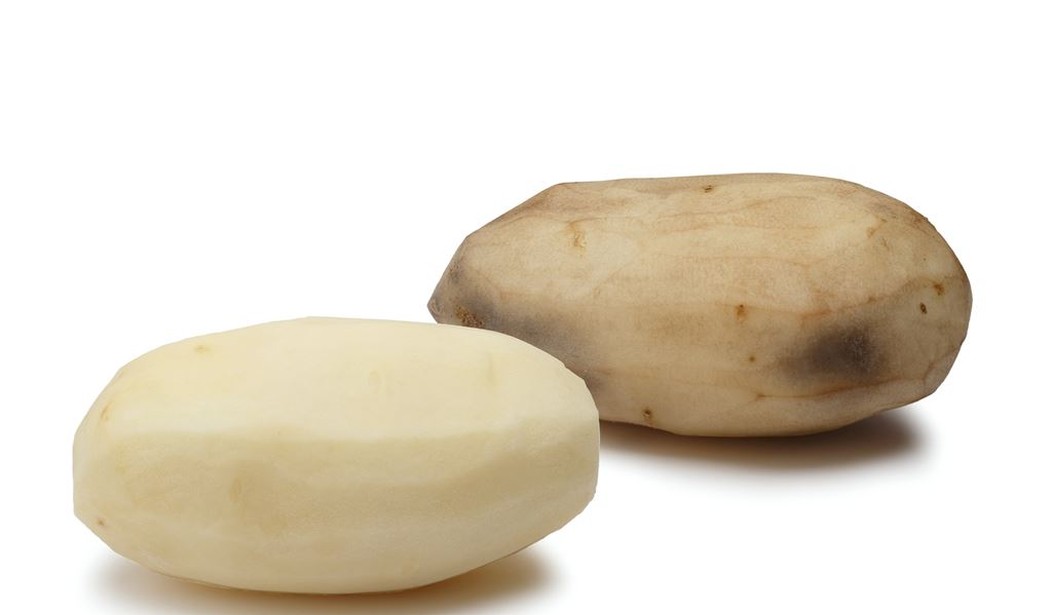Potatoes are one of the oldest of all human-grown food crops. Paleo-Indians may well have grown and harvested potatoes 10,000 years ago, and today, potatoes of many varieties are grown almost everywhere save perhaps Antarctica. But at Canada's McGill University, agronomists are trying to combine the best aspects of many types of potato to produce, in effect, a super-spud.
“Our super pangenome sheds light on the potato’s genetic diversity and what kinds of genetic traits could potentially be bred into our modern-day crop to make it better,” says Professor Strömvik, who collaborated with researchers across Canada, the Unites States and Peru. “It represents 60 species and is the most extensive collection of genome sequence data for the potato and its relatives to date,” she adds.
A genome is an organism’s complete set of genetic instructions known as the DNA sequence, while a pangenome aims to capture the complete genetic diversity within a species, and a super pangenome also includes multiple species.
It's a bit surprising that McGill discusses this so openly, what with China taking such interest in American (and presumably, Canadian) agriculture. Agriculture can be a pretty cutthroat trade, after all, in which the potatoes have eyes and the corn has ears; but in some places, at least, the local governments are mashing Chinese attempts to intrude.
Why the potato, though? The humble spud was selected for McGill's efforts for a number of reasons.
The potato is a staple food source for many people around the world – and it’s one of the most important food crops globally, after rice and wheat in terms of human consumption. “Wild potato species can teach us a lot about what genetic traits are critical in adapting to climate change and extreme weather, enhancing nutritional quality, and improving food security,” says Professor Strömvik.
To build the potato pangenome, the researchers used supercomputers to crunch data from public databanks, including gene banks in Canada, the United States, and Peru.
According to the researchers, the pangenome can be used to answer many questions about the evolution of this important crop that was domesticated by Indigenous peoples in the mountains of southern Peru nearly 10,000 years ago. It could also be used to help identify specific genes to create a super spud using traditional breeding or gene editing technology.
“Scientists hope to develop something that can defend against various forms of diseases and better withstand extreme weather like lots of rain, frost, or a drought,” says Professor Strömvik.
In other words, even if you aren't Irish, the potato is likely one of the staples of your diet. One would be starch-raving mad to not see the value in improving this spud-tacular staple crop. Fortunately, McGill seems a likely place to accomplish the production of a super-spud; it seems unlikely that the project will turn into a hot potato they will want to pass on to someone else.
While my own background is in biology, I'm little more than a spec-tator when it comes to producing new plant crops, but with the ample history of the potato, the value of a more weather- and drought-resistant spud is pretty obvious. We should all wish McGill success in this vital enterprise, and let them know we're rooting for them. I know I yam.
Former commen-tator Brian Stelter could not be reached for comment.















Join the conversation as a VIP Member